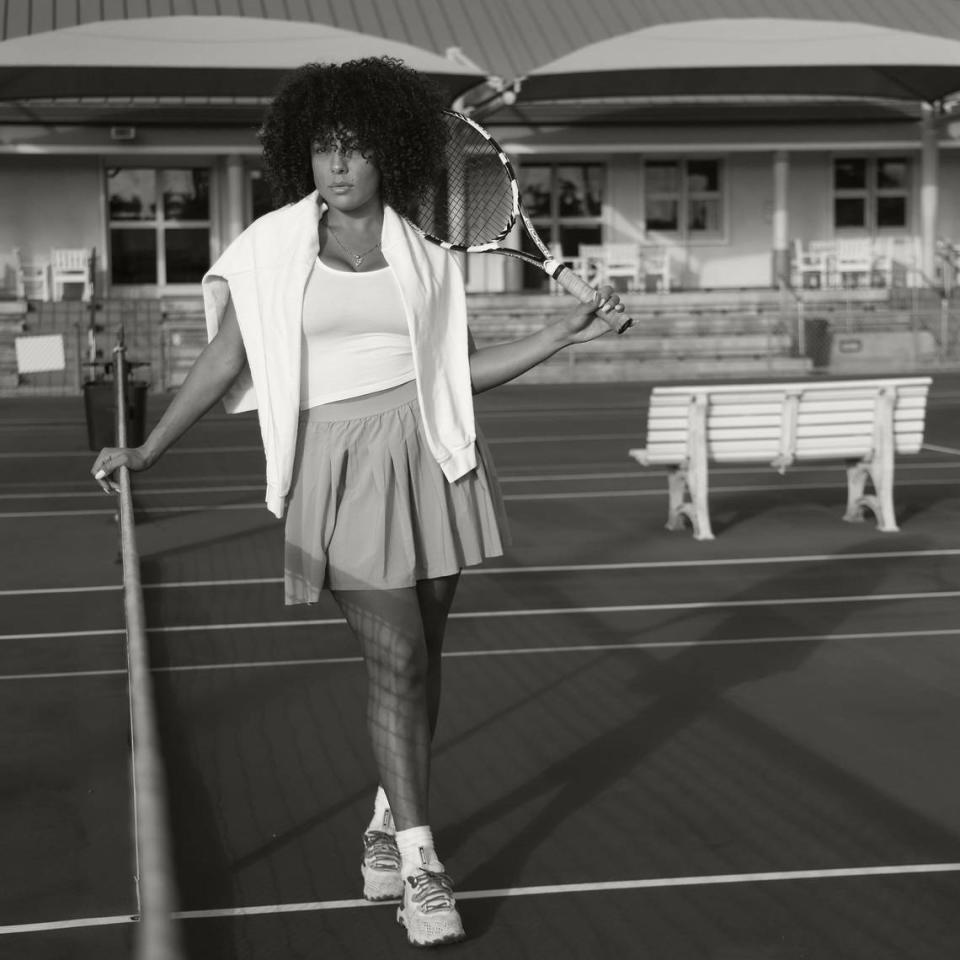Black 30 and under: Conversations with young Black Miamians about culture and identity
The youth are often overlooked.
Older generations tend to see them as naive. Ignorant. Lazy. “Their frontal cortex is still developing” is something anybody 30 and younger has heard time and time again. These qualities may exist among many young people yet it’s not a full representation of who they are.
Just look at American history. Harriett Tubman was 30 when she returned to Maryland and helped some of her relatives escape slavery. Martin Luther King Jr. was just 26 when he led the Montgomery Bus Boycott. Ida B. Wells was 30 when “Southern Horrors: Lynch Law in All Its Phases,” a booklet expounding on her fierce opposition to lynching, was published.

The same holds true in Florida. Harry T. Moore, also known as the “Martin Luther King of Florida,” hadn’t even turned 30 when he organized the Brevard County NAACP. At least three of the Black men behind Miami’s incorporation – William D. Bascomb, John Ross, Christopher C. Scott — were under the age of 30 when they cast their vote to create the Magic City (albeit their right to vote was immediately stripped). And G.E. Graves, the attorney who helped win the case that desegregated the Miami Springs Golf Course, was only a few months removed from his 20s when he began pushing for access to public spaces like the Orange Bowl.
Suffice it to say, whenever progress was needed, it was usually younger generations on the front lines fighting for equality.
That’s why the Miami Herald is using February to discover how Black Miamians 30 and younger feel about their history. We’ll be interviewing 15 people about Florida’s respect (or lack thereof) for Black history as well as the spaces they go to reconnect with said history. For the next three weeks, we will feature a story each Wednesday where these young Black Miamians will sound off on a range of topics. Miami Herald photographer Carl Juste will take portraits of the subjects that will post on the Miami Herald Instagram throughout the month of February.
This is an opportunity for young Floridians to be seen, heard and taken seriously. To paraphrase the great Andre 3000, the youth got something to say.

 Yahoo Movies
Yahoo Movies 
